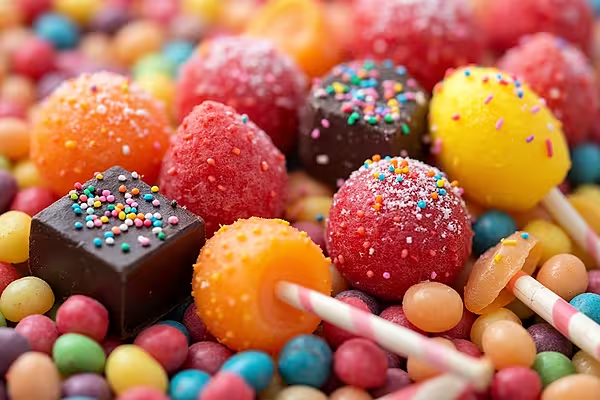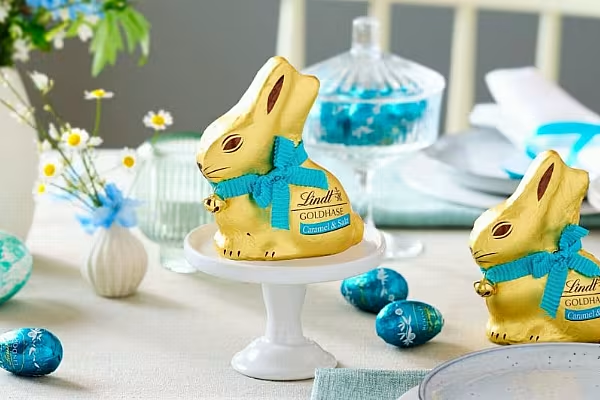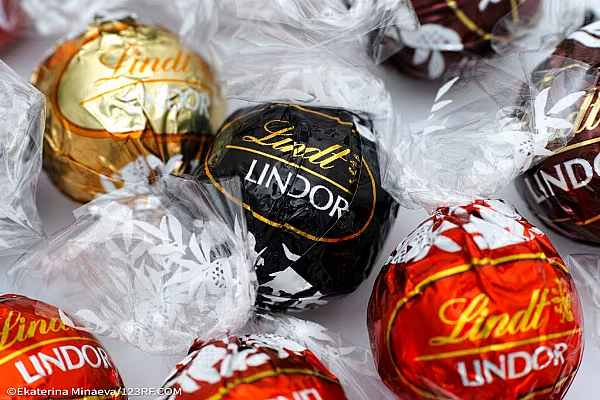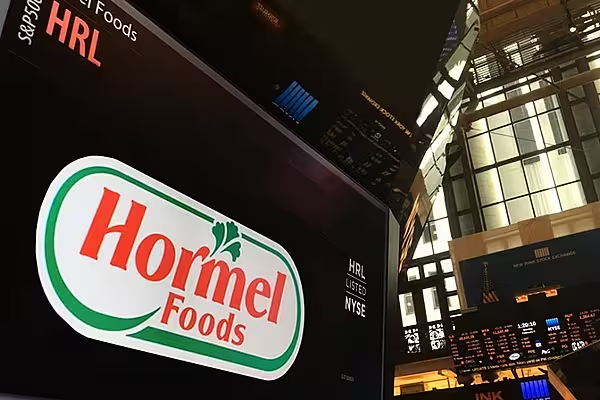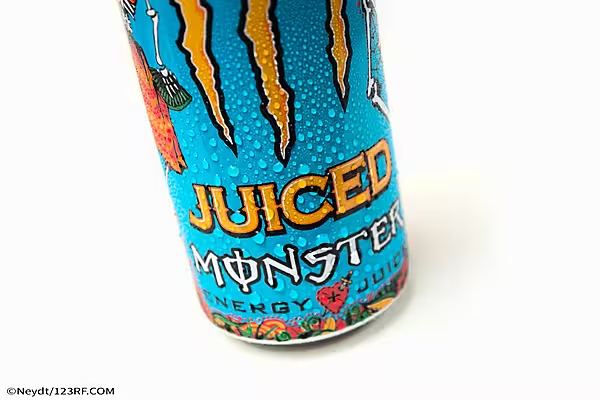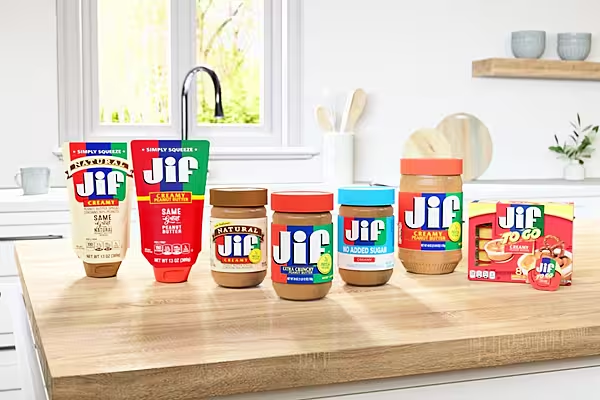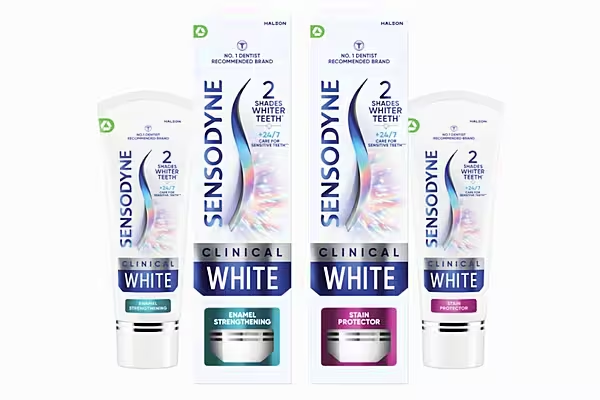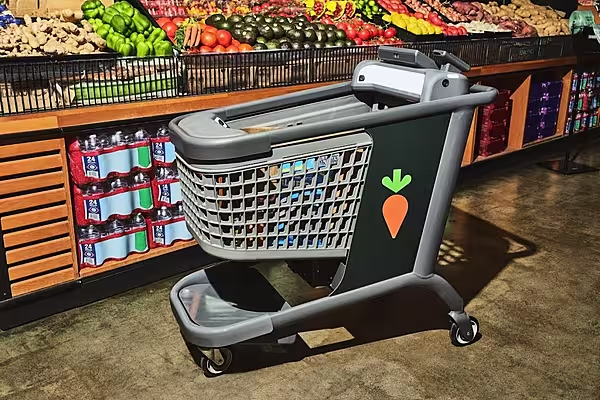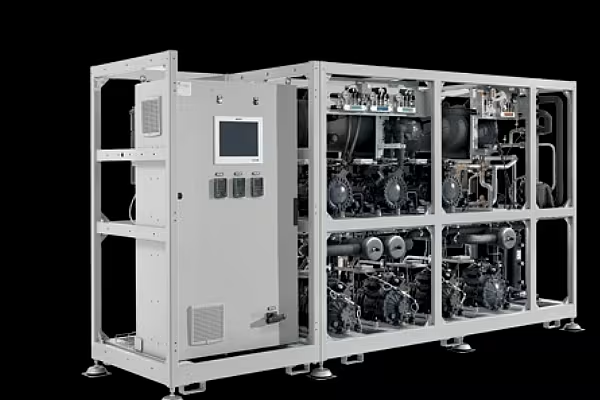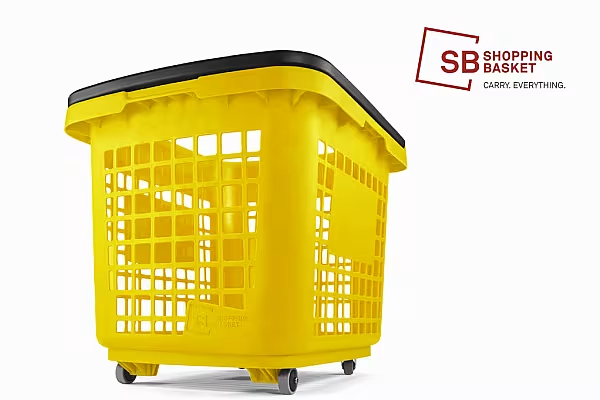Between 2019 and 2023, the confectionery market in Germany witnessed steady growth across all categories with a market value of $12.4 billion (€11.4 billion), according to Euromonitor International data.
The Association of the German Confectionery Industry notes that the sector accounts for around 10% of the total sales in the country’s food industry.
Collating data from Kantar’s annual Brand Footprint rankings for 2023, ESM presents an overview of the top 7 confectionery brands in Germany.
1. Kinder
Kinder ranked as the number one confectionery brand in Germany with a Consumer Reach Point (CRP) score of 258.3, a 4.6% rise, year on year.
Penetration and purchase frequency jumped modestly year on year with scores of 65.3 and 9.4, respectively.
Set up in 1968, Kinder is owned by confectionery giant Ferrero.
Ferrero’s revenue jumped by 21%, to €17 billion, in the fiscal year ended August 2023, on the back of strong organic growth and acquisitions.
2.Haribo
Haribo came in second place in the list of Germany’s most-chosen confectionery brand, earning a CRP score of 241.4, a drop of 0.5% year over year.
Its penetration dropped from 69 to 68.7, while it also recorded a decline in purchase frequency (to 8.7) on an annual basis.
Established in 1920, Haribo employs nearly 7,000 employees and operates 16 production sites in 11 countries.
Earlier this year, the company announced an investment of €300 million in a state-of-the-art confectionery factory in Germany’s Neuss.
3. Milka
According to Kantar’s latest rankings, Milka is the third most popular confectionery brand, with a CRP score of 211.6, a rise of 4.2% year on year
Its penetration decreased (from 71.1 to 70.9), while its frequency of purchase saw a modest jump (7.2), year on year.
Owned by Mondelēz International, the Swiss chocolate brand reported in May that net revenue had increased by 1.8%, year on year, to $3.4 billion (€3.16 billion).
Made with Alpine milk, Milka was set up in Switzerland in 1901.
4. Lindt
Lindt is Germany’s fourth most-chosen confectionery brand, achieving a CRP score of 91.3, a year-on-year drop of 6.4.
While its penetration rose slightly to 51.1, the purchase frequency of the Swiss chocolate maker declined to 4.4, year on year.
In March 2024, the maker of chocolate bunnies and teddy bears reported that its net income had climbed by 17.9%, to 671.4 million Swiss francs (€697.22 million), for the year ended 31 December 2023.
Lindt, which began operations in 1845, is one of the largest Swiss chocolate manufacturers.
5. Nimm2 (Storck)
The Nimm2 brand, manufactured by Storck, placed fifth with a CRP score of 80.6, a year-on-year rise of 1.5%.
While the brand saw a modest rise in penetration (from 36.4 to 36.8), the purchase frequency remained the same at 5.4.
Headquartered in Berlin, the German confectionery company was established in 1903 and has over 8,000 employees.
It is an owner-managed family business that supplies its products to more than 100 countries.
6. Ritter Sport
Germany’s sixth most popular confectionery brand is Ritter Sport, which secured a CRP score of 80.2, a drop of 4.9%.
While the brand saw a fall in penetration (from 49.7 to 47), the purchase frequency remained the same at 4.2.
Headquartered in Waldenbuch, Germany, the family-owned business was founded in 1912 and achieved sales of €565 million in 2023.
7. Katjes
Katjes is the seventh most chosen confectionary brand in Germany, according to Kantar’s 2023 annual Brand Footprint rankings.
The brand boasts of a CRP score of 68.4, an impressive year-on-year jump of 13.2%. It also fared well in terms of penetration (from 32.8 to 34.2) and purchase frequency (4.6 to 4.9).
Established in 1950, the brand is known for its plant-based confectionery, particularly gummies.
Methodology
Kantar’s Brand Footprint report, which showcases the annual ranking of the most chosen fast-moving consumer goods FMCG brands worldwide, employs a unique metric known as Consumer Reach Points (CRP) to measure and compare the success of brands across different markets and regions. The CRP metric takes into account three segments: population, penetration, and consumer choice.
